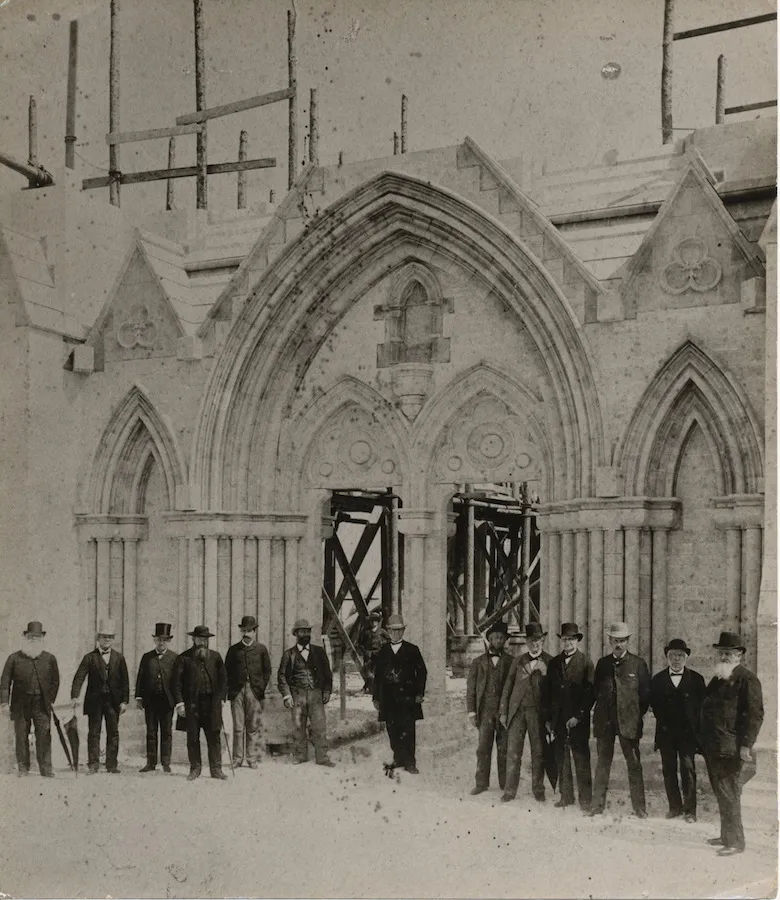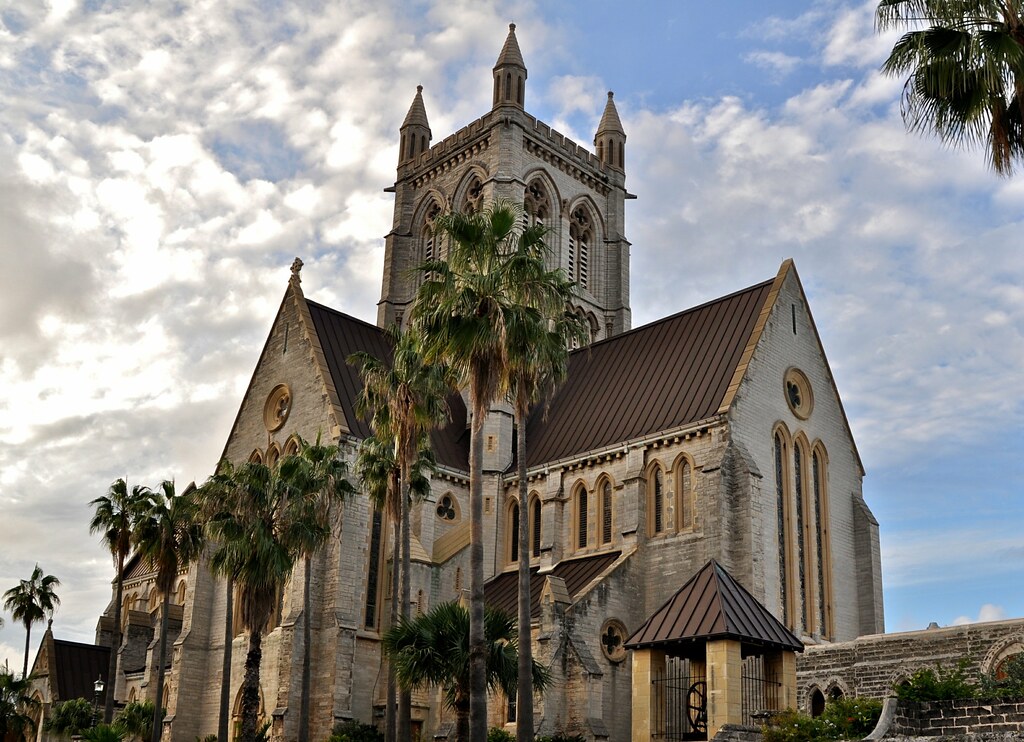In the late 19th century, as the world began to embrace the industrial revolution, Bermuda found itself on the cusp of a monumental transformation. Among the most ambitious projects of this era was the construction of the Bermuda Cathedral, a project that would become a defining symbol of the island’s cultural and spiritual landscape.
Initiated in 1886, the construction of the cathedral marked both a celebration of faith and a tribute to the island’s unique history. The site chosen for this majestic edifice was aptly located on a hill overlooking the captivating waters of Hamilton Harbor. This strategic placement not only provided a stunning backdrop but also symbolized the spiritual elevation the cathedral was destined to represent for the island’s residents.
The endeavor was spearheaded by the Church of England, which was then deeply rooted in the social and political fabric of Bermuda. The decision to erect a new cathedral was borne out of a need for a central place of worship that could accommodate the growing population and serve as a beacon of hope and community cohesion. Local architect William H. H. Hunt was entrusted with the design, and he embraced an architectural vision that combined traditional elements with the island’s natural beauty.
As construction began, the atmosphere around the site was electric with anticipation. Locals contributed labor and resources, taking pride in the opportunity to be part of something monumental. The sounds of chiseling stone, the rhythm of hammer on nail, and spirited discussions amongst workers created a vibrant tapestry of progress. The community’s involvement ensured that the cathedral was not just another structure; it was a product of shared dreams and collective effort.
Stone masons expertly shaped the limestone sourced from Bermuda itself, integrating the island’s material culture into the construction while ensuring that the cathedral would blend harmoniously with the surrounding landscape. The rich hues of Bermuda’s natural stone added a sense of warmth to the building, connecting it to the island and its people.
As months turned into years, challenges arose. The unpredictable weather of the Atlantic posed risks for construction schedules, and financial strains tested the resolve of the church and its supporters. However, the commitment to seeing the project through never wavered. Fundraising efforts brought together islanders across all social strata, uniting them in a common goal. The building began to rise, not only in stature but also in significance as a hallmark of resilience and community spirit.
By the time the cathedral neared completion in 1905, it had become a fixture of life in Bermuda, a site for gatherings, celebrations, and, most importantly, a sanctuary for contemplation and worship. The dedication of Bermuda Cathedral marked not just the conclusion of one chapter, but the beginning of new traditions, encompassing generations of islanders seeking solace and inspiration within its walls.
Reflecting on its journey, the construction of Bermuda Cathedral serves as a testament to the spirit of collaboration, creativity, and determination that characterizes the island itself. Each stone laid and each beam raised tell stories of the community’s shared aspirations, pains, and victories. Today, as the cathedral stands proudly against the horizon, it continues to be more than just a building; it is a symbol of Bermuda’s enduring heritage and the unwavering faith that has guided its people throughout history.



More Stories
Preserving the Root- The Story of the Oldest Bermuda Marijuana Strain
Why Bermuda Air Should Be Your Go-To Choice for Our Islands Travel
The Formation of Pink Sand in Bermuda As Nature’s Unique Creation